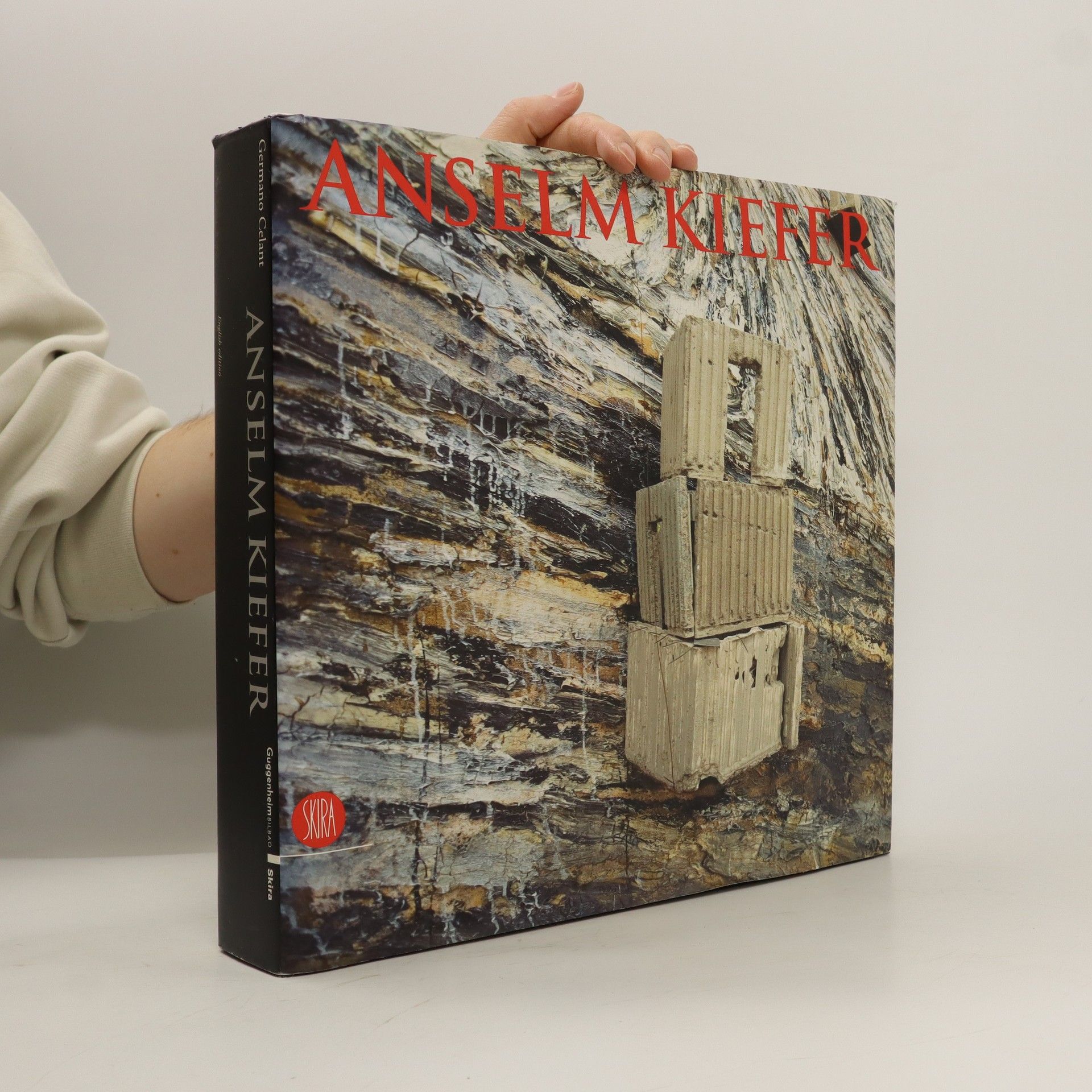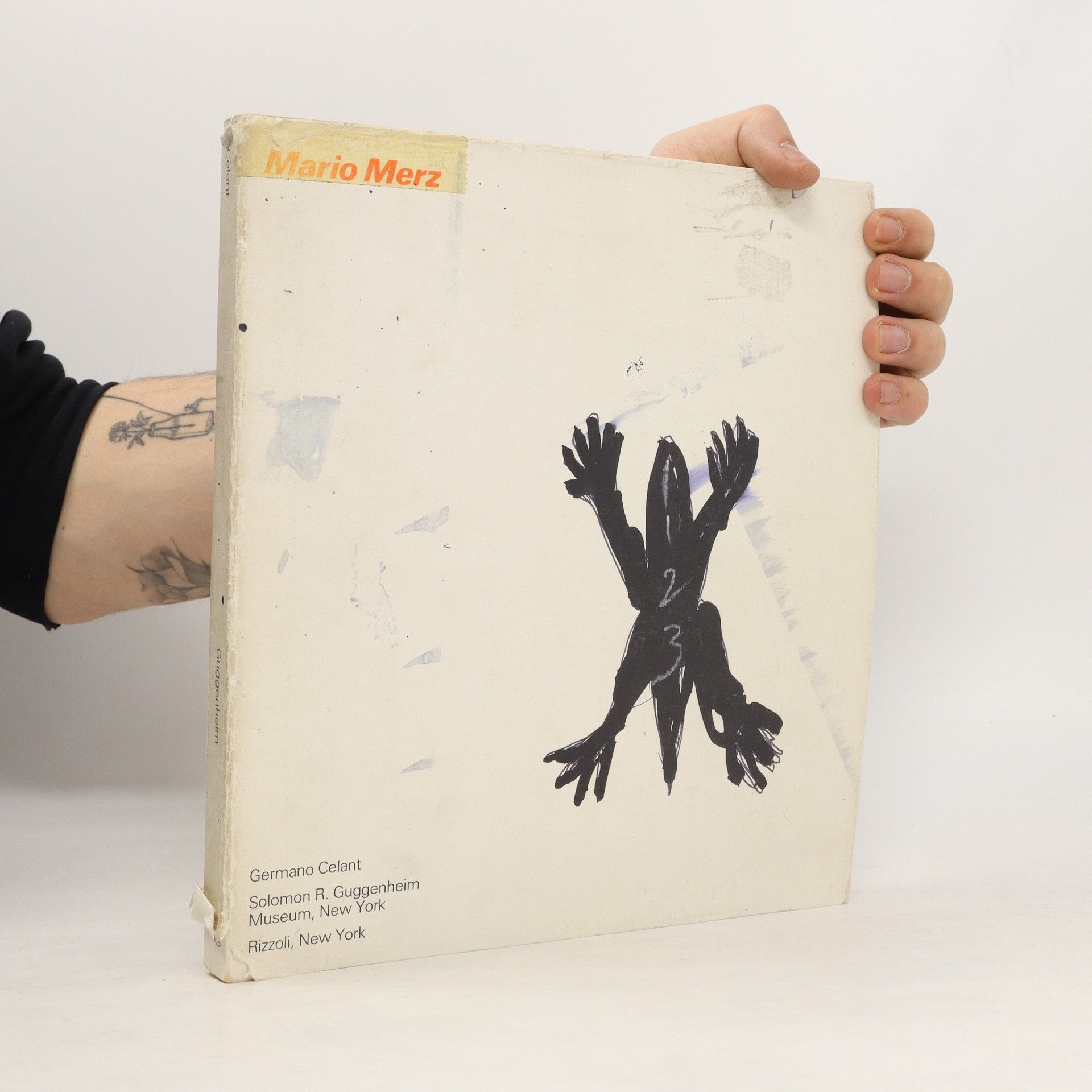Ausstellungskatalog: Louisiana Museum, Humlebaek (DK), Museum für Kunst und Gewerbe, Hamburg; 1992
Germano Celant Libri
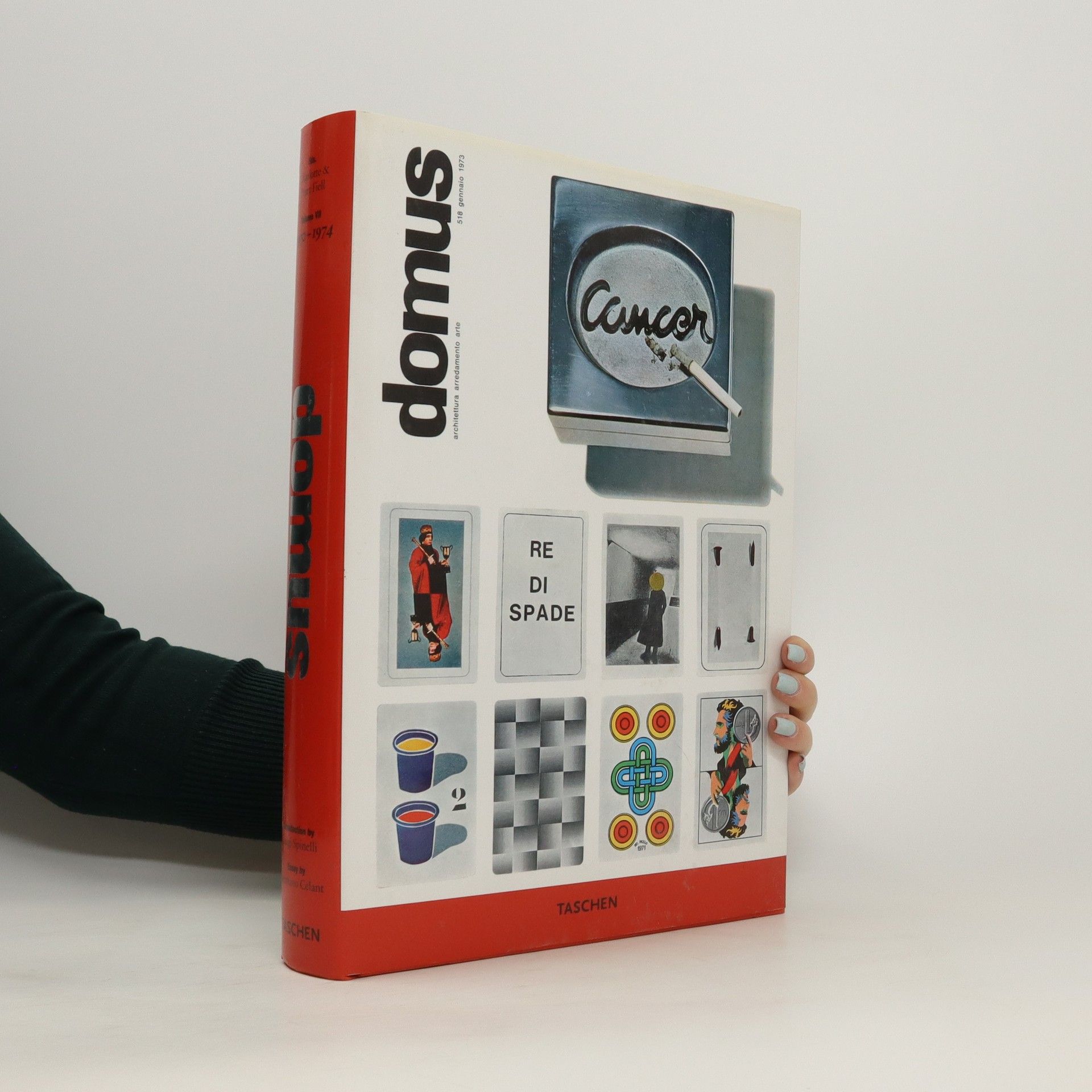

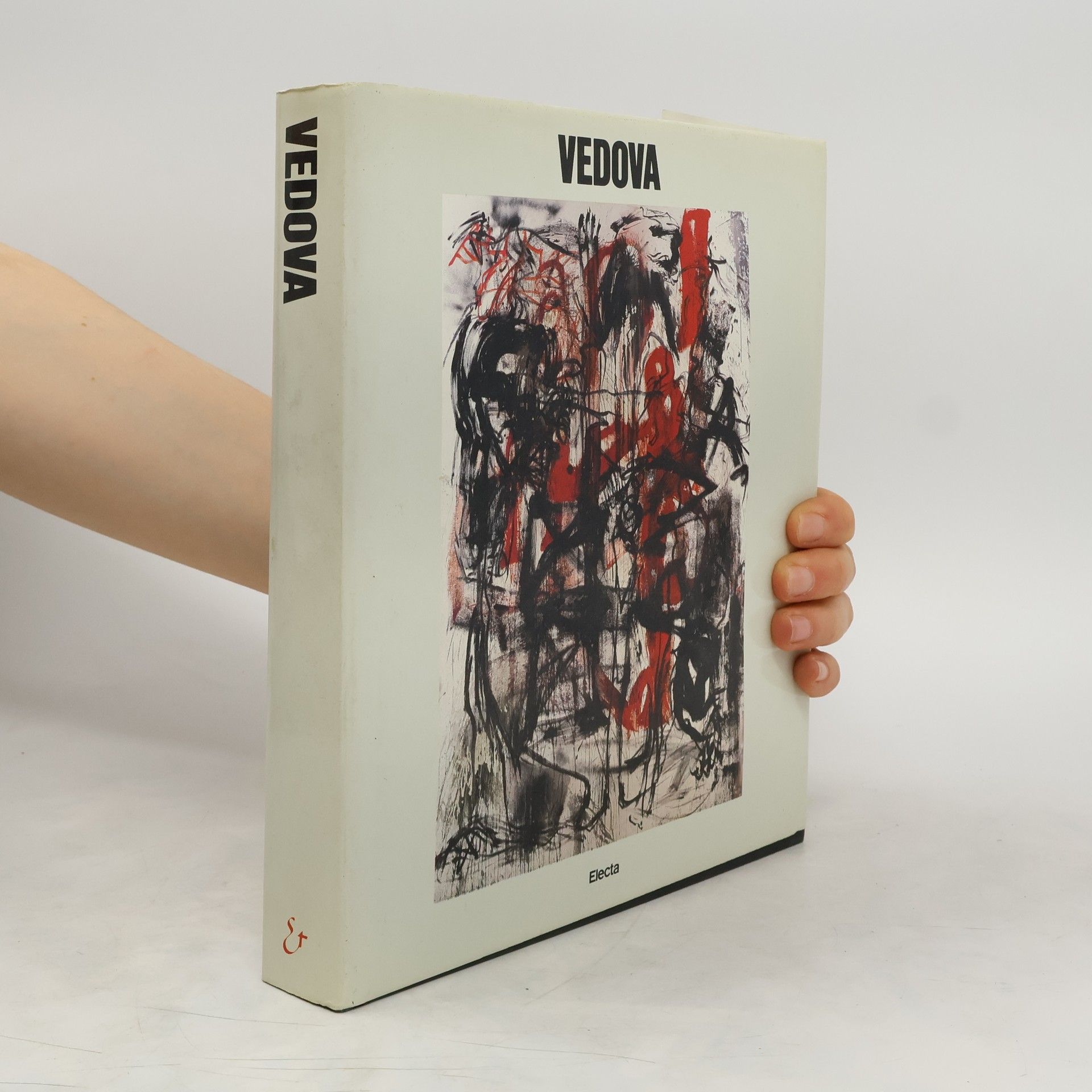
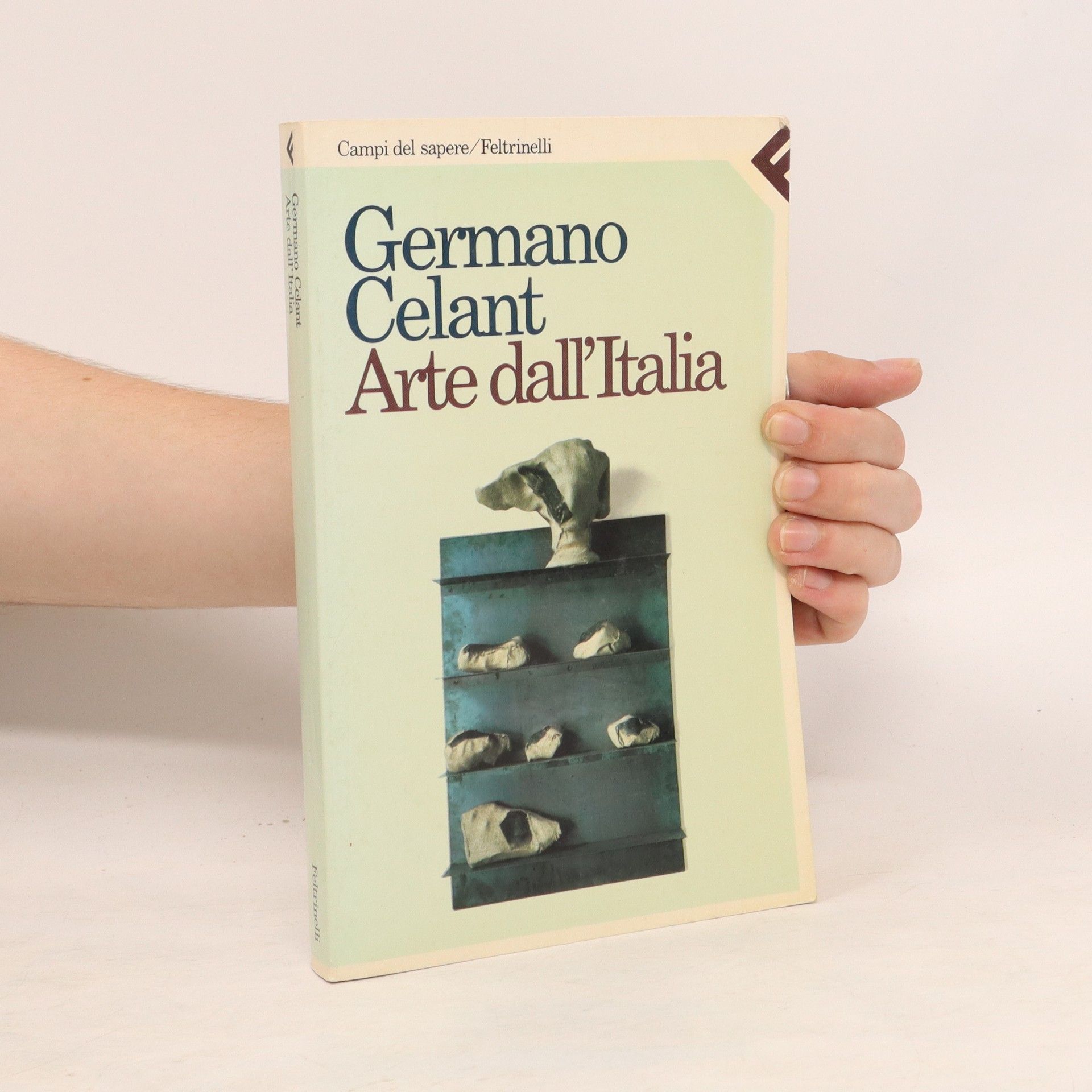

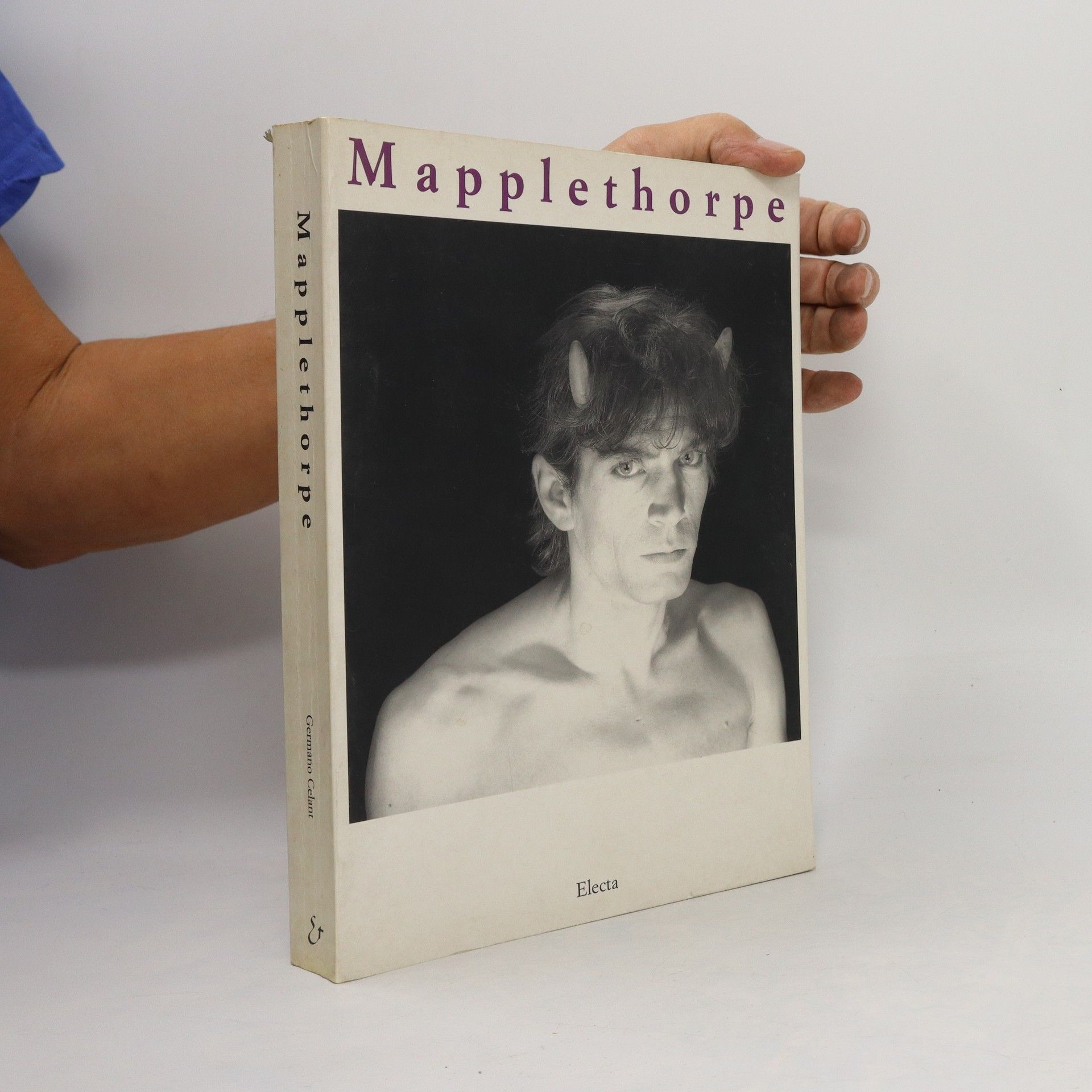
Ugo Mulas. Catalogo della mostra (Milano, 6 novembre 1989-6 febbraio 1990)
- 189pagine
- 7 ore di lettura
Catalogo della retrospettiva organizzata a Roma, Palazzo Braschi, nel 1993. Testo di Germano Celant. Ugo Mulas è scomparso prematuramente a quarantacinque anni, nel 1973, a Milano. «La sua produzione artistica, vent'anni di intenso lavoro, testimonia una capacità di linguaggio, quello fotografico, originale, mai descrittivo, e un'incontestabile perizia tecnica. Le sue immagini sono una eccezionale interpretazione del reale».
Vedova 1935-1984
- 308pagine
- 11 ore di lettura
Eliseo Mattiacci
- 438pagine
- 16 ore di lettura
A glimpse into the mind of one of the most unique sculptors of the twentieth century. This monograph considers Mattiacci's historic adventures starting from the 1960s, when the artist was associated with the Italian avant-garde movement Arte Povera.
""Domus"" has been hailed as the world's most influential architecture and design journal. Articles that bring to light the incredible history of modern design and architecture are also included.
Kiefer e Mao
- 160pagine
- 6 ore di lettura
German artist Anselm Kiefer is one of the most important and controversial artists of the post-world war II art scene. Begining with the work he showed at the 1980 Venice Biennale, he has interpreted the great political and cultural issues at the heart of the modern European sensibility, through media as diverse as painting, photography, artist’s books, installations, and sculpture. Kiefer’s wildly expressive work receives all the space and fluent interpretation it demands in this superb high-quality production. The book’s approximately 300 full-color images trace Kiefer’s creative evolution and present his great themes in their full scope and power. The author interprets Kiefer’s art as a site where distinctions between modern and postmodern senses of representation, history, cosmology, and nature become thematic. He addresses individual works and gives the historical, biographical, art-critical, and philosophical setting for each.
